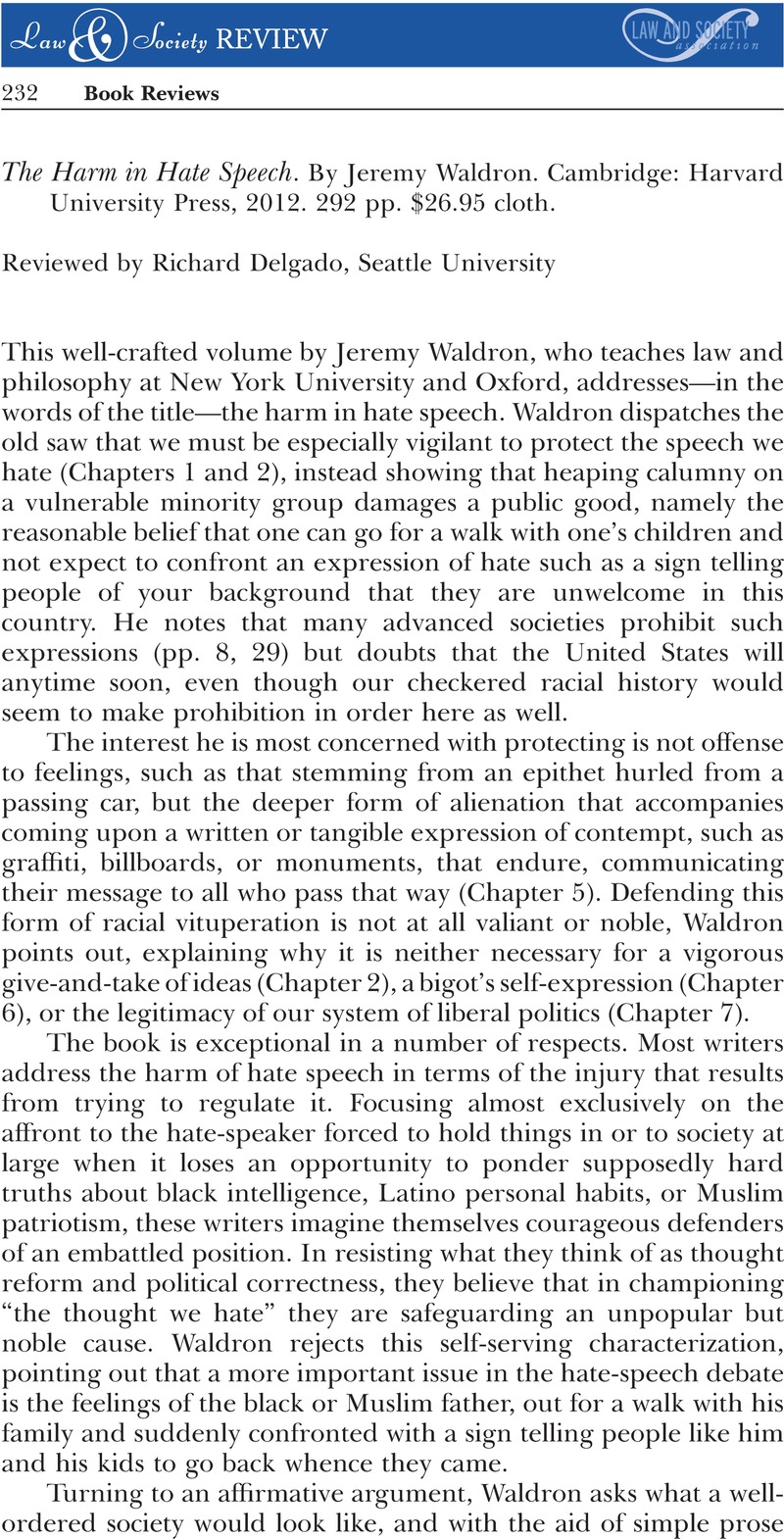Crossref Citations
This article has been cited by the following publications. This list is generated based on data provided by Crossref.
Zapata, Jimena
and
Deroy, Ophelia
2023.
Ordinary citizens are more severe towards verbal than nonverbal hate-motivated incidents with identical consequences.
Scientific Reports,
Vol. 13,
Issue. 1,



